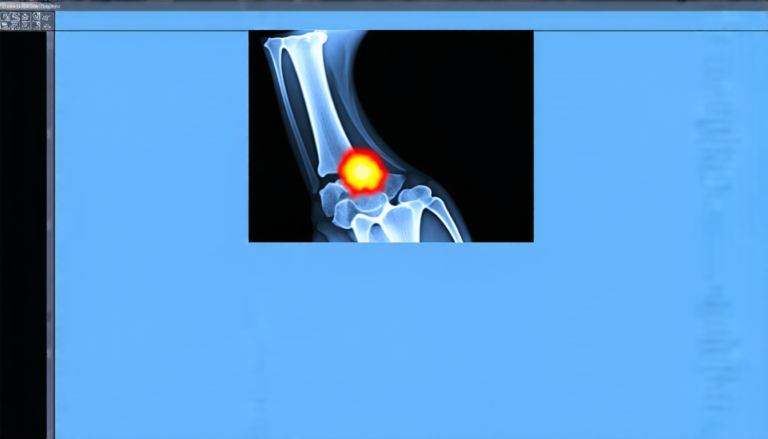Wednesday 16 April 2025
The quest for efficient data storage has long been a challenge in the world of computing. With the rise of big data and the increasing need for faster processing times, researchers have been working tirelessly to develop new methods that can help alleviate this burden. One such approach is the concept of layered caching, which involves storing data objects in multiple layers to optimize memory usage.
In traditional caching systems, data is stored in a single layer, with each object occupying a fixed amount of space. This can lead to inefficiencies when dealing with large datasets, as some objects may require more storage than others. Layered caching solves this problem by allowing objects to be stored at multiple levels of granularity, with each level offering varying degrees of quality and memory usage.
One of the key benefits of layered caching is its ability to adapt to changing data access patterns. As users request different versions of a data object, the system can dynamically adjust the storage levels to optimize performance. This not only improves response times but also reduces the overall memory footprint.
Researchers have been exploring various techniques for implementing layered caching, including the use of hierarchical structures and probabilistic models. One approach involves using a combination of static and dynamic allocation strategies to manage memory usage. Static allocation assigns fixed amounts of space to each object, while dynamic allocation allows objects to grow or shrink as needed.
Another key aspect of layered caching is its ability to handle complex data relationships. In many cases, data objects are interconnected, making it difficult to determine which levels should be used for storage. Researchers have been developing algorithms that can analyze these relationships and optimize storage accordingly.
One such algorithm uses a combination of graph theory and machine learning techniques to identify the most relevant data connections. By analyzing these patterns, the system can determine which layers should be used for storage and how much memory should be allocated to each object.
The potential applications of layered caching are vast. In fields such as video compression and virtual reality, the ability to store complex data objects in a highly efficient manner could revolutionize the way we process and render visual information. In other areas, such as cloud computing and big data analytics, layered caching could help improve response times and reduce memory usage.
As researchers continue to develop and refine this technology, it’s clear that layered caching has the potential to transform the way we store and manage data. By providing a more flexible and adaptive approach to storage, this technique could unlock new possibilities for data-intensive applications and pave the way for future innovations in fields such as AI and machine learning.
Cite this article: “Optimizing Cache Performance in Layered Data Objects: A Novel Approach”, The Science Archive, 2025.
Data Storage, Big Data, Caching, Memory Usage, Layered Caching, Hierarchical Structures, Probabilistic Models, Static Allocation, Dynamic Allocation, Graph Theory, Machine Learning, Video Compression, Virtual Reality, Cloud Computing, Big Data Analytics, Ai, Machine







